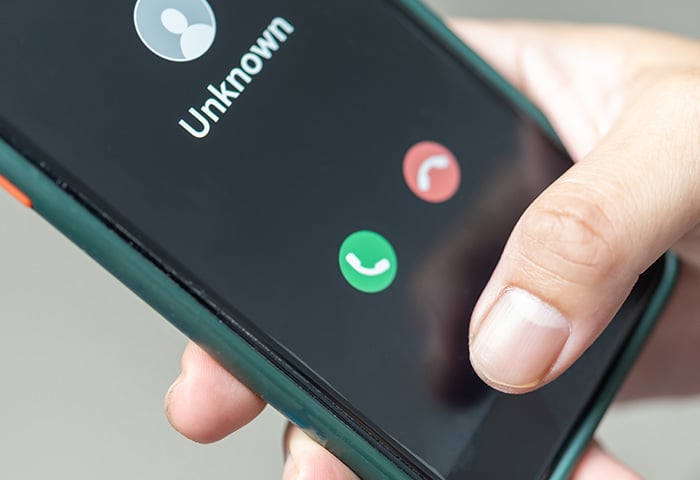The phone rings.
“This call is to inform you that the IRS is filing a lawsuit against you. To get more information about this case file, please call immediately on our department number 1-800-555-5555. Thank you.”
If you haven’t heard this exact call, dollars to donuts you’ve heard something like it. Whether it’s IRS fraud, a sketchy “debt relief” opportunity, or any number of other scams, robocalls have risen to almost tsunami-esque numbers. And the flood isn’t stopping anytime soon — estimates indicate that 85 billion robocalls were placed in 2018 alone.
The robocall problem is more than just annoying. It’s dangerous, too: Americans lost a staggering $10.5 billion in phone scams over the past 12 months.
But, the deluge isn’t inevitable. There are ways to reduce those pesky (or perhaps infuriating would now be a more accurate descriptor) robocalls. Read on for some tips and tricks you can use to stop unwanted calls on your cell phone and landline as well.
What is a robocall?
A robocall is any kind of automated call, usually placed with automated dialing software and including either a robot voice speaking or a pre-recorded voice. Using an autodialer, companies are able to place hundreds or even hundreds of thousands of calls practically instantaneously.
Robocalls are mostly scams. Some shady bot calls pretend to be government agencies (like the IRS, a grant office, or the Chinese consulate). Others masquerade as private firms (like Equifax “verifying” your information, or fake opportunities such as how to reduce credit card debt or get help with online marketing for small businesses).
Robocalls can even use call spoofing so they show up on your caller-ID as a local number, attempting to trick you into picking up for what you think might be a neighbor. Essentially, these incessant calls are a form of phishing — an attempt to trick you into paying money or revealing personal information.
And, scarily, many robocallers can have information on you, like the names of your family members or even your address. It’s time to fight back against these threatening robocalls.
How to get rid of robocalls in 5 steps
Can robocalls be stopped? While we can’t promise you’ll never get a single robocall again, there are some proven strategies that can help you get some relief.
1. Robocall protection 101: Mount your first line of defense
The best way to prevent getting scammed by robocalls is to follow a few easy principles. (If you’re already well-versed in these tips, skip ahead for information on specific settings, apps, and services you can use to take your protection to the next level.)
-
Avoid answering them: we’ll get into some tips that will allow you to avoid receiving spam calls later on, but if one gets through, don’t answer.
-
Don’t engage: if you do accidentally answer a robocall, you should not say a single word. You should particularly try to avoid answering any question with “yes,” because scammers could record your voice and later use it to approve something (a purchase, a new credit card, anything).
-
Don’t press any numbers: even if the recording says something like, “press 1 to remove your number from the list,” don’t do it. Instead of taking yourself off the list, you’d be telling the robocaller that your number works and they can keep calling.
-
Hang up on the robots: don’t let them waste any more of your time. Just hang up immediately.
-
Never give out any personal information over the phone: government agencies like the IRS will never call you out of the blue (instead, you’d receive an official letter in the mail). So don’t be tricked into giving out or confirming any of your personal info to someone over the phone.
-
Verify any supposed “problems” yourself: if you get a call from someone claiming to be an agency or a company you deal with (like your electricity company, for example), don’t trust it. Lots of personal information is available online, so even if someone knows details about you like your address or the names of your family members, it does not mean they are legitimate. Hang up and find the number for yourself (online or off a bill you have from the company) and call them directly to see if there really is any issue to sort out.
-
Don’t be fooled by a number that looks similar to one you know: as mentioned, these scammers use call spoofing to misrepresent where they’re calling from as a number close to your own.
-
Don’t answer calls from unknown numbers: if someone is legitimately calling you, they’ll leave a message. So one way to avoid robocalls is to avoid answering all calls from numbers you don’t recognize.
In addition to these common sense tactics, there are also some more concrete steps you can take.
2. Register for the FTC’s Do Not Call list (and report offenders)
For those living in the United States, you’ve got the Federal Trade Commission helping to fight robocalls. In a press conference on June 25th, 2019, the FTC announced Operation Call It Quits, a large-scale, coordinated effort against robocalls. The FTC is teaming up with 40 state, local, and federal law enforcement agencies to bring a combined total of 95 different civil and criminal lawsuits against robocall scammers. While they’re busy fighting the good fight in the legal arena, the FTC also urges consumers to register for their Do Not Call list.
While robocall scammers are unlikely to follow rules about who they can or can’t call, the Do Not Call registry will at least prevent legitimate telemarketers from contacting you. You can also report unwanted calls to the FTC. Though they probably won’t be able to follow up on every reported call, the FTC uses this data in their larger war against the robots.
With us so far? We’ve got a lot more tips, too.
3. Stop robocalls on your landline
While we’re all waiting for the FTC to crack down even more, there are some more tactics you can use right on your phone. To get a scam call blocker for your landline, you can use the resources provided by your phone service carrier. Whether you have Verizon, Sprint, AT&T, or T-Mobile, all four have free and/or paid services to help block robocalls in the United States (if you’re not in the US, skip ahead to the next section.)
Verizon offers a variety of helpful ways to block unwanted calls, such as the Spam Alert feature, which lets you know when an incoming call might be fraud. They also offer call blocking (free and paid options), which can filter out unwanted calls on both landlines and smartphones.
Sprint has a Premium Caller-ID service, which for $2.99/month will let you block or restrict calls on both your landline and smartphone (with a companion app).
AT&T has free and paid versions of its Call Protect service, which uses a special algorithm to identify illegitimate calls. As of 2017, AT&T had already blocked over 1 billion calls using this system, and they continue to block many more.
T-Mobile now includes Scam ID and Scam Block for free, which will help you avoid scam calls by showing numbers as “scam likely” right in your caller-ID and letting you block these numbers. They also take it a step further with Name ID ($4.00/month), which helps you identify the name and location of scammers and lets you automatically send suspected spam calls directly to voicemail.
4. Stop robocalls on your iPhone or Android
In addition to the carrier services mentioned above, there are a few other ways you can filter unwanted calls on your cell phone. Some good options are to block known illegitimate numbers, to use do not disturb mode, and to “white list” calls from your contacts (so robocalls get automatically rejected and only calls from people and businesses you know come through). It’ll work a bit differently depending on if you use an iPhone or Android.
How to stop robocalls on Android
The exact process to block a number may vary slightly depending on what type of phone and Android operating system you have. Generally, you’ll go to your Recent Calls, then tap on a number for a list of options. Select Block/report spam. Then make sure to tap Block to confirm.
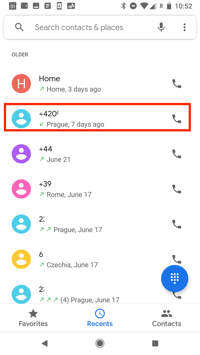
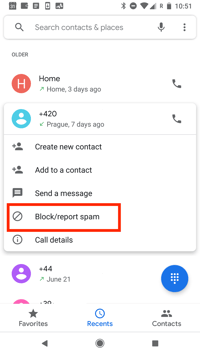
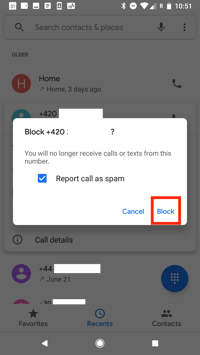
To block most calls, you can turn on Do Not Disturb mode (which will silence all calls and notifications) and then allow calls only from your contacts through.
Again, this could vary slightly depending on what type of Android you have, but it should look very similar to this. Go to Settings, then find Sound, where you can then choose Do Not Disturb preferences. Then tap Priority only allows and select Calls. This lets you select which calls you want to allow through: calls from anyone, contacts, or starred contacts only.
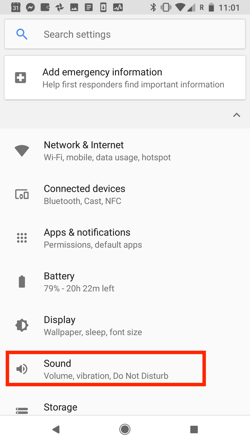
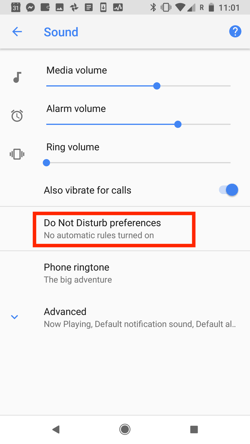
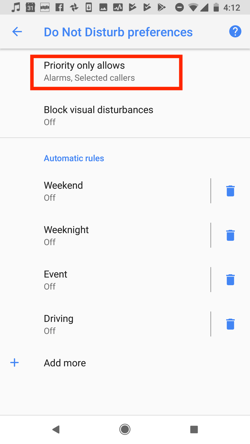
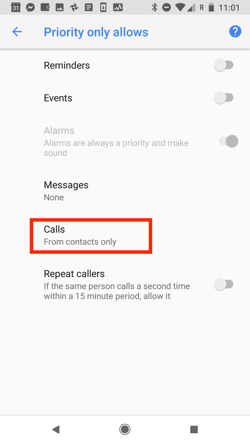
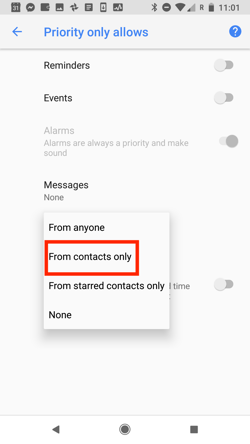
Again depending on which phone you have, you may have an option to filter spam calls directly on your phone. For example, on Google Pixel phones, you have Google’s own special call blocker feature. To activate it, go to Calls, then tap the three little dots in the top right and select Settings. Then choose Caller ID & spam, and you’ll have the option to filter spam calls (toggle the blue dot to on). Google will then warn you if an incoming call is likely to be a robot.
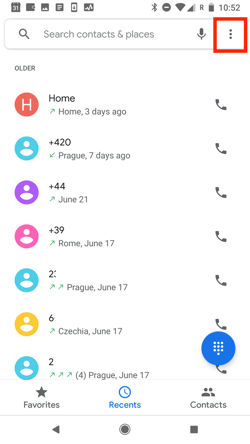
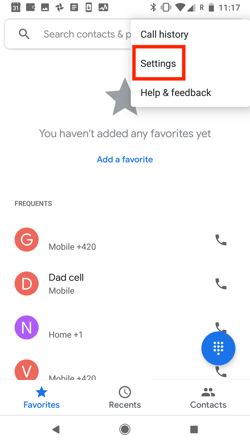
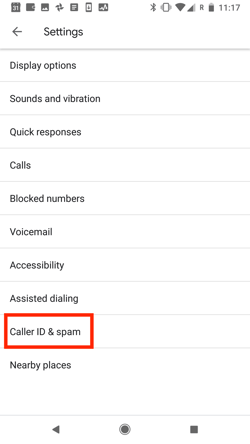
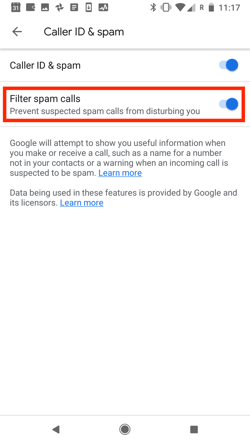
How to stop robocalls on iPhone
There are also several options to block spam calls on iOS. One way is to open Settings, then tap Phone, and select Call blocking & identification. Tap Block contact… and a list of your contacts will open. Select the robocall number(s) and they’ll be added to your list of blocked contacts. (If you accidentally block a number you didn’t mean to, you can also unblock it here.)
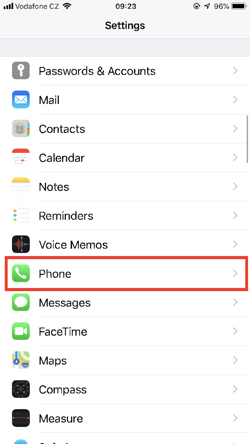
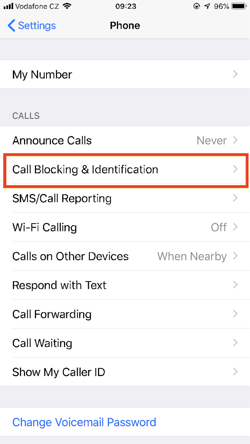
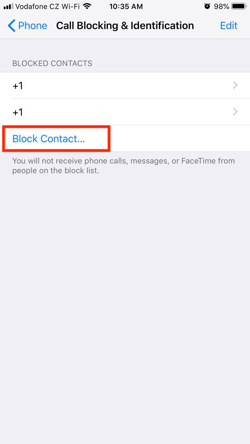
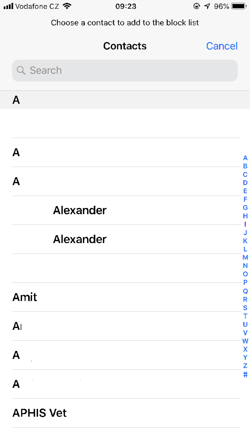
Alternatively, you can pull up your Recent calls and find the spam number. Tap the i on the right, then select Block this Caller. A confirmation menu will appear; tap the red text Block contact.
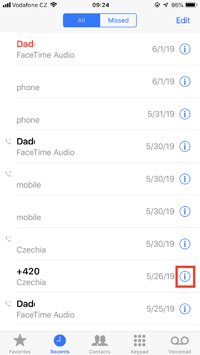
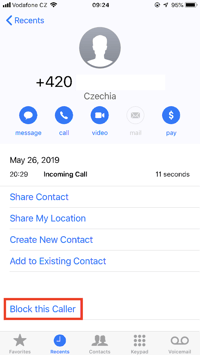
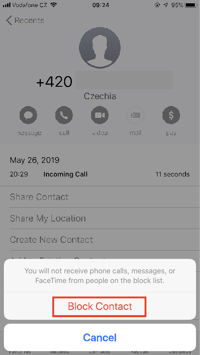
To cast a wider net in blocking robocalls, you can turn on Do Not Disturb mode (which will silence all calls and notifications) and then allow calls only from your contacts through.
To do this, open up your Settings, then tap Do Not Disturb. Select Allow Calls From, and then you can choose to allow only calls from your contacts or favorites while Do Not Disturb mode blocks the rest.
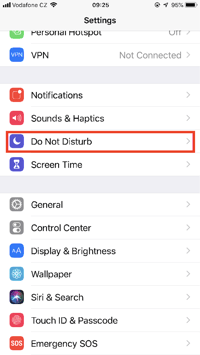
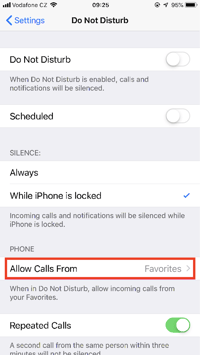
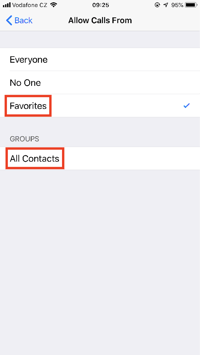
Additionally, the new iOS 13 (slated to be released in Fall 2019) will have a special call blocker feature. To find it, you’ll go to Settings, select Phone, and then there will be an option to toggle on Silence Unknown Callers. This will send all unknown calls straight to voicemail without even ringing. Apple has taken steps to make sure that no calls you actually want to get are caught in this net: the feature should automatically allow all numbers from your contacts, as well as numbers that can be detected in your Mail and Messages. It might not work perfectly, but it’ll be one more tool in the arsenal against robocalls.
5. Download a robocall blocking app
Lastly, step up your defenses by downloading a robocall blocker app. There are several apps out there, with both free and paid options available. When looking for an anti-robocall app, keep in mind that some apps ask for access to your contact list, which can be a privacy concern. Here are three apps that will keep the robocalls at bay without infringing on your privacy.
-
Hiya works together with carriers and smartphone makers to offer a smart spam protection service for customers. They analyze 13 billion calls per month to create a database that identifies illegitimate calls and helps you avoid them.
-
Nomorobo offers free protection for VoIP landlines, and Android or iPhone protection for $1.99/month. This ad-free service has stopped over one billion robocalls to date, and makes sure legitimate calls don’t get accidentally blocked.
-
Robokiller might be the most fun option: not only does it block spam calls, it also has its own bots that answer calls and waste scammers' time, so they get a taste of their own medicine. Later, if you want, you can even listen to a recording of Robokiller’s bot getting revenge on the real spammer!
All of the above apps work on both iPhone and Android, and they also all have free trials, so you can give them a try risk-free and see what works best for you.
Are robocalls illegal?
While you’re busy setting up your phone to prevent robocalls, you may be wondering about their legal status. (For the scope of this article, we’ll focus on their legality from a US standpoint.) The term robocall includes all kinds of prerecorded, automated calls. Not all of these are illegal. Think about school closure messages sent out to everyone in the district, or a pharmacy using an automated service to call customers and inform them when their prescriptions are ready.
But, the vast majority of robocalls currently plaguing average Americans are illegal. They violate the FTC’s Telemarketing Sales Rule. Believe it or not, companies must get your written consent in order to use automated calling for sales. Call spoofing and scamming or tricking consumers out of money are, of course, illegal as well. The FTC is ramping up their fight and aiming to use the full extent of the law in their new Operation Call It Quits.
Are robocalls getting worse?
Unfortunately, the robocall scourge is on the rise. The FTC reported in their recent press release that they received 3.8 million complaints about robocalls in 2018 — that’s more than 10,000 per day! Reports estimate that spam calls have risen by 39% in the past year. With that in mind, it’s time to shore up your defences against robocalls, as well as spam of all kinds.
Roundup: Stopping unwanted calls
Again, robocalls are the worst. You’re probably reading this article because you’re exasperated by what seems like an unending irritation. Before you throw your phone into the sea in a fit of rage, make sure to give our tips a try. Once you register for the Do Not Call list, install your carrier’s blocking software for both your landline and smartphone, block unwanted calls directly on your phone, use a special robocall blocking app, and practice good habits (like hanging up right away if you do accidentally answer a robocall), you should see a significant reduction in spam calls.























